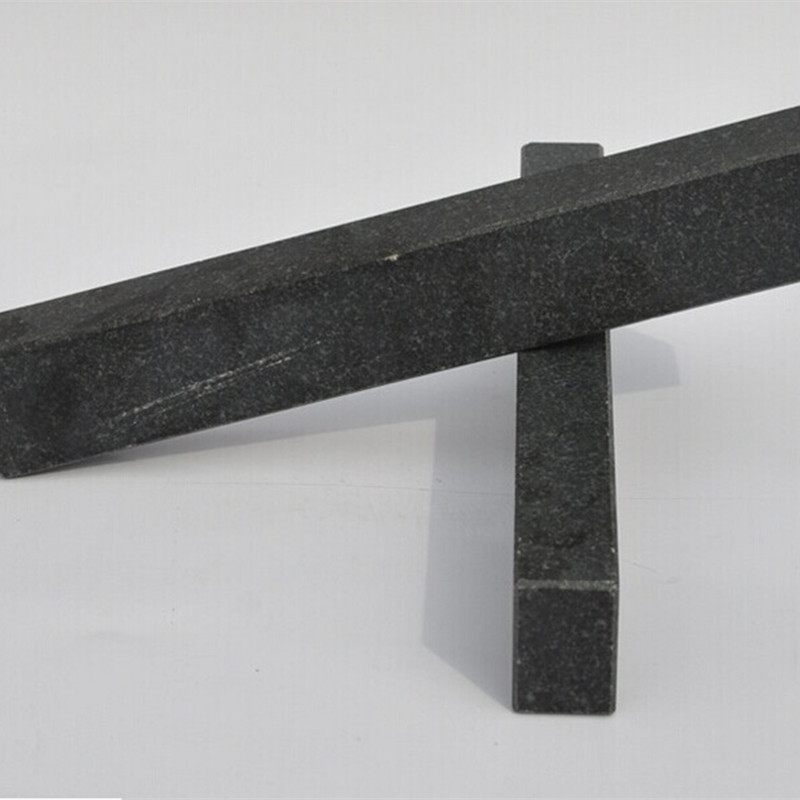Nov . 29, 2024 22:13 Back to list
water valve
Understanding Water Valves A Key Component in Fluid Control Systems
Water valves are crucial components in various industries and household systems where the control of water flow is essential. These devices serve to regulate, direct, or control the flow of water within a plumbing system, irrigation network, or industrial application. Understanding the types, functions, and importance of water valves can help in efficient water management and ensure the longevity of plumbing systems.
Types of Water Valves
1. Gate Valves These are primarily used for on/off control, meaning they can either be fully opened or fully closed. Gate valves operate on a wedge-shaped metal gate that moves vertically in the pipe. When fully opened, they allow for minimal resistance to flow, making them ideal for applications where water is either fully on or off.
2. Ball Valves Featuring a spherical disc (the ball) with a hole through its center, ball valves provide excellent flow control. Rotating the ball 90 degrees can either open or close the flow entirely. Their quick operation and sturdy design make them popular in many applications, from industrial uses to home plumbing.
3. Globe Valves These valves are used for regulating flow and are characterized by their spherical shape. The design provides a baffle that slows water, making it easier to control the flow accurately. Globe valves are often used in applications where flow regulation is crucial.
4. Check Valves Also known as one-way valves, check valves prevent backflow in a system, ensuring that water flows in only one direction. This is particularly useful in systems where reverse flow could cause damage or inefficiency, such as in pump systems.
5. Butterfly Valves These consist of a rotating disc that can quickly open or close. Butterfly valves are typically used in large-scale applications where rapid operation and minimal pressure drop are needed. Their compact design makes them ideal for use in tight spaces.
water valve

Importance of Water Valves
Water valves play a pivotal role in maintaining the efficiency and functionality of water systems. In residential plumbing, valves are crucial for controlling water supply to various fixtures, such as sinks, toilets, and irrigation systems. They allow homeowners to isolate sections of the plumbing system for repairs or maintenance without the need to shut off the entire water supply.
In industrial settings, water valves help manage the flow in cooling systems, chemical processing, and manufacturing operations. Efficient flow control can lead to significant cost savings, including reduced energy consumption and lower water bills. Additionally, proper valve selection and maintenance can prevent leaks and system failures, enhancing the reliability of operations.
Maintenance and Care
To ensure the longevity and effective operation of water valves, regular maintenance is essential. It is advisable to periodically inspect valves for signs of wear or damage, such as leaks or corrosion. Cleaning the valve internals can help prevent clogs that can impede flow. Additionally, when replacing valves, ensure that the new valve is compatible with the existing plumbing system to avoid complications.
Conclusion
Water valves are more than just simple devices; they are integral components of any water management system. Whether in homes, agricultural settings, or industrial environments, understanding their types, functionalities, and care is crucial for effective water supply management. Proper selection, installation, and maintenance of water valves can lead to improved system performance, reduced costs, and more efficient water usage. As water is an increasingly precious resource, ensuring its careful management through effective valve systems is more important than ever.
-
Y Type Strainer Maintains System Efficiency Long TermNewsJul.15,2025
-
Valve Selection Guide for Industrial ApplicationsNewsJul.15,2025
-
Steel Fab Table Provides Durable Work Surface for WeldingNewsJul.15,2025
-
Pad Iron Provides Stable Support for Heavy MachineryNewsJul.15,2025
-
One Inch Check Valve Fits Standard Plumbing SystemsNewsJul.15,2025
-
Measuring Micrometer Ensures Precise Dimensional AccuracyNewsJul.15,2025
Related PRODUCTS









